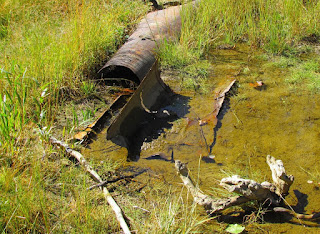Juan Bautista de Anza, Cuerno Verde and Their Legacy in
Colorado
By Bob DeWitt –
On
Sunday, August 15, 1779 the 55th Spanish governor of New Mexico, Juan Bautista
de Anza departed Santa Fe along the Camino Real on an arduous 27-day campaign
in search of Comanche Indian chief Cuerno Verde, who had been raiding villages
and creating havoc across the northern frontier of the Spanish Empire.
To
further the research and understanding of Anza and this dramatic event which
would forever alter the course of history affecting much of what is now
north-ern New Mexico and southern Colorado, the Anza Legacy Project desires to
define the route of this expedition to include the location of campsites and
battle sites. Furthermore, the
The
historic preservation of this route is vital in a number of is seldom understood Acknowledgment need be given Additionally,
the
The
definition of this important corridor throughout northern New Mexico and
southern Colorado will not only create a greater understanding of Anza and our
Spanish heritage, but additionally, located
The Anza Society, Inc.
Board of Directors unanimously passed a resolution of support for the Anza
Legacy Project and namely Bob DeWitt Zyberra Wilfred Martinez
There
is a great opportunity for those wanting to learn more about Anza and the
related characters in this colorful and important period of Colorado and New
Mexico history. In Colorado Springs, Colorado, (for the first time ever of course
Things
kick off on Thursday afternoon with a Reception and Registration. As part of
the reception, there will be a premier showing of a newly developed informational
PowerPoint dubbed, “Anza A to Z”. Friday’s bus tour will take in historic
sites and museums wrapping up the day with a dinner banquet and programs, to
include a keynote address by New Mexico’s state historian, Dr. Rick Hengesbaugh – a couple of some of the Of course, there
While
the full conference rate is very affordable at $185, on a shoestring, one can
purchase the Saturday Daytime option to include a full day of engaging
historical presentations and lunch for only $30! WOW… numerous
as well
For
complete conference details including Brochure and Schedule please request an EVITE invitation
to RSVP













 Celebrating the history of the west is remembering and honoring the
Celebrating the history of the west is remembering and honoring the 

